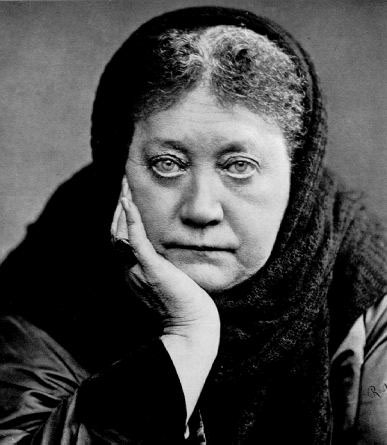 Rita Gross recently headed a Tricycle retreat called Buddhist History for Buddhist Practitioners in which she discussed the “how-it-all-began” history of Indian Buddhism, later relating it to issues that Buddhism(s) worldwide are currently dealing with. But what about the “how-it-all-began” Buddhist history here in the United States? There’s an often-referred-to perception that many American Buddhist practitioners—more specifically, convert American Buddhist practitioners—think of Buddhism in America as starting with the Beat generation of the ’50s or the psychedelic generation of the ’60s. I’m not sure how true this perception is, but it certainly is true that in general, knowledge of the history of Buddhism in America is scant at best.
Rita Gross recently headed a Tricycle retreat called Buddhist History for Buddhist Practitioners in which she discussed the “how-it-all-began” history of Indian Buddhism, later relating it to issues that Buddhism(s) worldwide are currently dealing with. But what about the “how-it-all-began” Buddhist history here in the United States? There’s an often-referred-to perception that many American Buddhist practitioners—more specifically, convert American Buddhist practitioners—think of Buddhism in America as starting with the Beat generation of the ’50s or the psychedelic generation of the ’60s. I’m not sure how true this perception is, but it certainly is true that in general, knowledge of the history of Buddhism in America is scant at best.
Which is part of the reason why I’m writing a senior thesis that largely revolves around this history—and, more importantly, how this history has shaped certain characteristics of how Buddhism is practiced in America today. Part of this thesis-writing process involves finding out some surprising things about Buddhism in America: like that the first American Buddhist convert was Helena P. Blavatsky, Russian-born leader of the Theosophical Society, who took the Five Precepts and the Triple Refuge in Ceylon (now Sri Lanka) in 1880. Colonel Henry Steel Olcott, the other founder of the Theosophical Society, converted with her. (To be clear, the first Buddhists in America were the Chinese immigrants who began arriving in 1849; Blavatsky and Olcott were the first American converts.)
If you have been wondering, yes, Helena P. Blavatsky, or Madame Blavatsky, as she was known, is the slightly terrifying looking woman staring at you from the upper right-hand corner of this blog post. Over a hundred years before Rhonda Byrne’s The Secret, Blavatsky published The Secret Doctrine, which had less to do with the power of positive thinking and more to do with Blavatsky communicating with the so-called “masters of ancient wisdom,” advanced spiritual beings who were said to be guiding humanity’s cosmic evolution. The masters, acting very much like the ghosts called forth in séances that were popular at the time, guided Blavatsky’s hand to produce writing and made rapping noises to tell Blavatsky their thoughts on the future of humankind. I don’t think I have to tell you that Blavatsky’s communications with the masters are widely considered to be fraudulent.
In any case, Blavatsky’s story is an interesting one in the consideration of Buddhist history in America, although in the end the Theosophical Society didn’t seem to have much to do with Buddhism, other than the “masters” supposedly being Tibetan and ideas such as reincarnation being introduced into theosophical thought. Although Blavatsky did study Buddhism in India and Tibet, she seems to be more of a New Age predecessor than a Buddhist one. Still, it’s good to know that parts of the Buddhist American past are just as colorful as parts of the Buddhist American present.
For more detailed information about Blavatsky, Olcott, and the Theosophical Society, read The Mysterious Madame B. from our Spring 1996 issue and Modern Buddhism: So New, So Familiar from Fall 2002. If you’re interested in reading any of Blavatsky’s work (tell us what you find out!), it is available for free download at this site. For the scholarly nerds among us, there is a scholarly journal that has published theosophical history articles from 1985, aptly called Theosophical History. And for current theosophical thought, check out the Theosophical Society in America’s website.